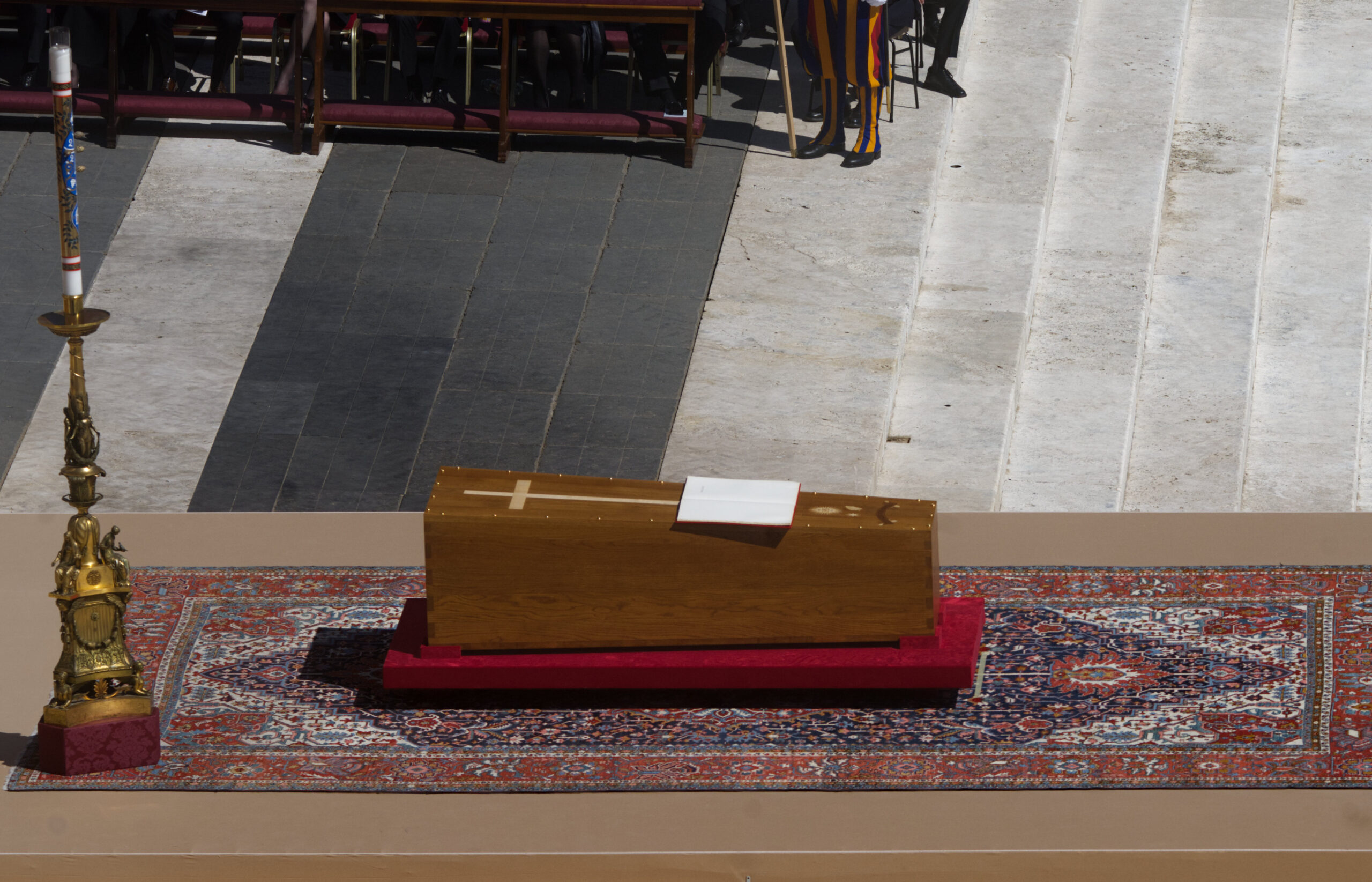By a pilgrim with living water in her jar
There are moments in the Gospel that arrest us—where the veil between the ordinary and the divine is pulled back, and we see the heart of God laid bare. John 4 is one such moment.
Jesus is tired. He sits at Jacob’s well, wearied from the journey. And then she arrives—a woman, nameless to us but known to God, coming at the sixth hour, high noon. This is no coincidence. This is kairos—a moment of divine appointment.
She is a Samaritan. A woman. A sinner. An outsider in every sense of the word. Yet Jesus, the Bridegroom of Israel, speaks to her—not with condemnation, but invitation. “Give me a drink” (John 4:7, NRSV). He initiates. He thirsts—not just for water, but for her soul.
This conversation becomes one of the most theologically profound dialogues in all of Scripture. Jesus reveals to her, not only her sin—five husbands and the man she’s with now—but her dignity, her capacity to worship “in spirit and truth” (John 4:24). He, the Messiah, reveals His identity to her before almost anyone else: “I am he, the one who is speaking to you” (John 4:26).
And then—here’s the key—she leaves her jar behind (John 4:28). That is the moment of conversion. The jar is a symbol of her old life, her daily toil, her shame and isolation. She drops it because she has been filled with something greater. The water she came to draw cannot compare with the living water she has received.
But she doesn’t stop there.
She runs. She tells. She proclaims. “Come and see a man who told me everything I have ever done!” (John 4:29). Her past, once a source of shame, becomes the testimony that brings others to encounter Christ.
This is what makes her the seed of the New Evangelization.
Pope Paul VI reminded us that “the Church exists in order to evangelize” (Evangelii Nuntiandi, 14), and St. John Paul II, Benedict XVI, and Pope Francis have echoed that call. But often, we imagine that evangelization is for the few: the trained, the holy, the clergy, the extroverts. Yet here, in John 4, the first evangelist in the Gospel of John is a Samaritan woman—a lay woman with a checkered past and no theological training.
And what happens? “Many Samaritans from that city believed in him because of the woman’s testimony” (John 4:39). She becomes the catalyst of a local revival. This is the blueprint for the Church today. The new evangelization is not simply about new methods—it is about new ardor, and it begins with an encounter with Christ.
She met Christ. She was changed. And she could not keep it to herself.
Dr. Ralph Martin has often said: “God is shaking the Church to awaken her.” In this moment of cultural crisis and spiritual apathy, we must return to the well. We must allow ourselves to be seen by Christ, to drop our jars, and to run—not away in shame, but toward our communities with boldness.
The Samaritan woman reminds us: evangelization doesn’t wait until we have everything figured out. It starts when we know Whom we have met. If Christ has truly changed us, then like her, we must say, Come and see.
Let’s be clear: the new evangelization is not a program. It’s a fire. And this fire was lit in the heart of a woman in Sychar, whose thirst led her to the One who thirsted for her.
The question now is: Are we ready to drop our jars and run?












